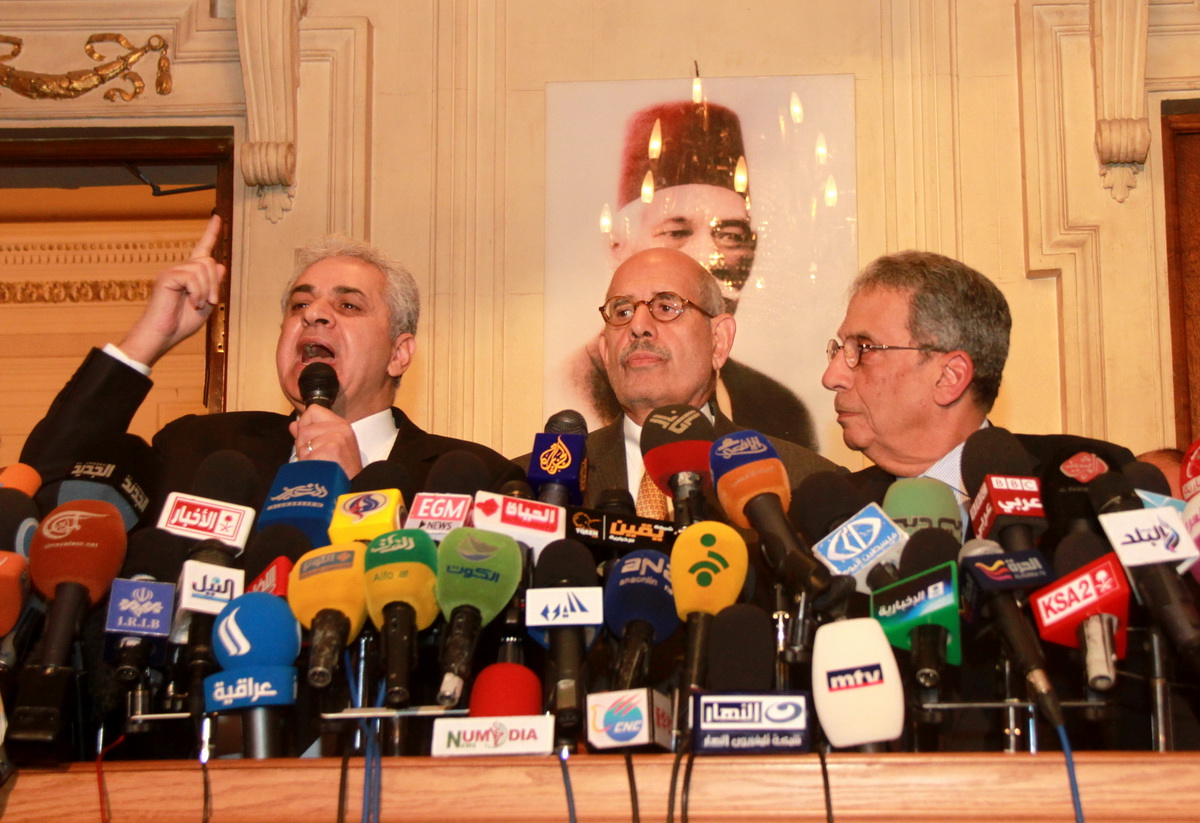Iraq s Taq Taq oil output 20,000-40,000 bpdOil production from Iraqi Kurdistan s Taq Taq oil field fluctuates between 20,000 and 40,000 barrels per day, of which exports range between 12,000 and 30,000 bpd, a senior engineer at the site said on Friday. The engineer declined to be named. Oil exports from the field in Iraq s north, developed by energy company Addax Petroleum and Turkey s Genel Enerji, started in June following Baghdad government approval. The move was seen as a breakthrough in a long-running row between the Shia Arab-led government of Prime Minister Nuri Al-Maliki and the Kurdish Regional Government, as Baghdad deems deals Kurds make independently with oil firms illegal. Who will pay the foreign firms, and how, remains unclear. Taq Taq s developers hope to boost production to 60,000 bpd by the end of November. Iraq s finance minister this week said Iraqi oil exports, of which the majority is produced in the country s south, reached 2.1 million bpd in July so far, putting the country on track for its highest oil export volume since the 2003 US-led invasion. – Reuters
Financial crisis batters Gulf regionSaudi Arabia s indebted family conglomerate Algosaibi has filed a lawsuit in New York alleging $10 billion in loan irregularities involving billionaire Maan Al-Sanea, the head of the Saad Group, the Financial Times reported on Friday.The problems at Saad Group and Ahmad Hamad Al-Gosaibi & Bros Co (AHAB) highlight growing risks for the Gulf region, which has been battered by the financial crisis despite its energy exports and its savings stored in sovereign funds. – Reuters
Jordan foreign reserves up to $9.2 billion in JuneJordan s net foreign reserves rose to a record $9.2 billion at end of June against $6.6 billion in the same period last year with healthy inflows into the local currency, central bank data showed on Friday. Central Bank of Jordan (CBJ) figures obtained by Reuters attributed the rise in foreign reserves to strong capital inflows over the last 12 months from tourism, expatriate remittances and foreign direct investments. Preliminary official figures also net show foreign reserves stood at a high $9.5 billion as of July 15 2009, against $6.8 billion the same period last year. The country s foreign reserves stood at $7.7 billion at the end of 2008. Despite the global downturn s impact on the economy which has slowed down growth and domestic consumption, the kingdom has not seen any steep falls in capital inflows or capital flight, officials say. Bankers say the (CBJ) policy to allow a wider interest rate differential against the dollar in favor of the dinar had encouraged banks and depositors to keep their funds into dinar-denominated assets. A main plank of monetary policy is the defense of the dinar, which is pegged to the dollar, a policy that the International Monetary Fund (IMF) says has served the national economy well. Even Jordanian expatriates whose earnings were in foreign currencies were switching part of their savings into the dinar attracted by interest as high as six percent, bankers say. The reserves which are denominated in US dollars and cover over six months imports are nearly 60 percent in US dollars, 30 percent in euros and other currencies. Jordanian monetary authority officials say they have no plans to change the composition of the country s healthy currency reserves which are tracked to its international payments. The steady buildup in reserves has enabled the CBJ over the last year to cut interest rates which businesses blame for deepening corporate recession. The record level of reserves was also now underpinning a softer monetary policy aimed at injecting more liquidity and prodding private banks to cut lending rates to spur growth and keep the economy moving. Growth is expected to slow to around 3 percent this year, almost half the 5.6 percent real growth attained last year, officials say. – Reuters
Asia Naphtha-Kuwait sells more Aug spot parcelsKuwait Petroleum Corp (KPC) has sold 75,000 tons of full-range naphtha to two buyers, bringing its total spot exports for next month to slightly more than 270,000 tons, traders said on Friday. This comes at a time when the market is saddled with incoming supplies from the West in August. The market is softening. Spreads, cracks and prices are all coming down almost every day, said a trader. This was also evident in KPC s premium, where it sold a 50,000-ton cargo to Itochu, and another 25,000-ton cargo to Shell for second-half August lifting at a premium of $8.00 a ton to Middle East quotes, on a free-on-board (FOB) basis. This is 2.5 times lower than what it had fetched a week ago, when it sold more than 150,000 tons of the feedstock, also for August lifting to buyers including Mitsui Oil and Itochu at around a $20.00 a ton premium. KPC, which used to be a rare spot naphtha exporter because of term agreements, sold around 50,000 tons of spot naphtha for April lifting, followed by exceptionally high volumes at 300,000 tons each for May and July. The company was forced to release the volumes after the startup of its new aromatics plant was repeatedly pushed back, first from April to July, and then July to the fourth. – Reuters
Saudi sells rare Yanbu, Jeddah spot naphtha bblsSaudi Aramco, Asia s top term naphtha exporter, sold 55,000 tons of rare spot naphtha for second-half July lifting from Yanbu and Jeddah at a time the market is saddled with incoming supplies from the West, traders said on Friday. The state-owned refiner sold via tender the combined volumes, comprising 40,000 tons of light naphtha lifting from Yanbu, and another 15,000 tons of A310 grade lifting from Jeddah on July 23-27 to a European trader around $15.00 a ton premium on a free-on-board (FOB) basis. Saudi Aramco is not a regular spot seller due to its term commitments. It was last seen offering a combination of light and A310 grades around March this year. But when you have a huge (refining) system like Saudi Aramco, you sometimes could end up with unplanned volumes, said a trader. Anyway, this is only one spot cargo, he added. An industry source said the extra naphtha could be due to higher crude runs at Saudi refineries. Asia has been hit by an influx of spot barrels from the West and Kuwait, slated to land next month. Kuwait alone is exporting slightly more than 270,000 tons of spot naphtha in August, because of a delay in the start-up of a new aromatics plant, which was supposed to soak up about 1.5 million tons of naphtha a year. Kuwait never had this much volumes until May this year, where it exported 300,000 tons, followed by another 300,000 tons in July. The influx of incoming supplies have brought cracks to $78.38 a ton premium in Thursday, compared to $85.08 a ton a month ago. – Reuters

